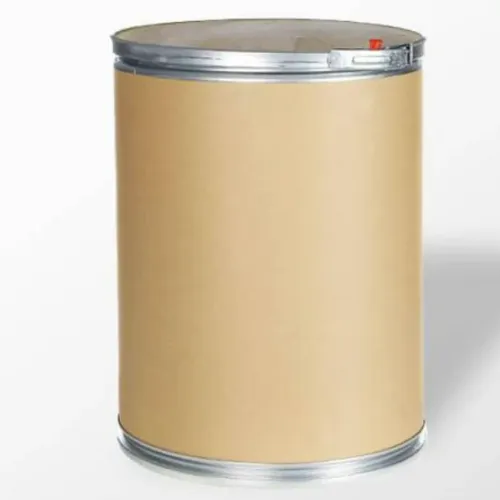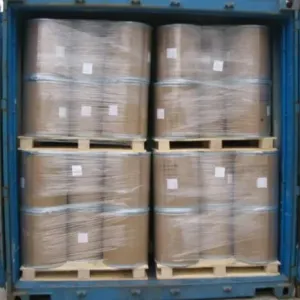English Name: 8-hydroxyquinoline
CAS No.: 148-24-3
Molecular formula: C9H7NO
Molecular weight: 145.16
EINECS No.: 205-711-1
Melting point: 70-73 ° C (lit.)
Boiling point: 267 °C 752 mmHg
Density: 1.0340
Refractive index: 1.4500 (estimate)
Flashpoint: 267 ° C
Chemical Properties of 8-Hydroxyquinoline(CAS 148-24-3)
White acicular crystal. Melting point 76 ℃, boiling point 266.6 ℃ (100.3kpa). Soluble in ethanol, benzene, chloroform, acetone and dilute acid, insoluble in water.
Uses of 8-Hydroxyquinoline(CAS 148-24-3)
This product is an intermediate of halogenated quinoline anti-amebic drugs, including quiniodoform, chloroiodoquinoline, diioquinoline, etc. These drugs play an anti-amebic role by inhibiting intestinal symbiosis, which is effective for amebic dysentery and has no effect on extraintestinal amebic protozoa. In recent years, it has been reported abroad that this kind of drugs can cause subacute spinal cord optic neuropathy, so this drug has been banned in Japan and the United States. The disease caused by diioquinoline is less common than that caused by chloroiodoquinoline. 8-hydroxyquinoline is also an intermediate of dyes and pesticides. Its sulfate and copper salt are excellent preservatives, disinfectants and fungicides. This product is a complexometric titration indicator for chemical analysis.
1. As a pharmaceutical intermediate, it is the raw material for the synthesis of kexie linin, chloroiodoquinoline and paracetamol.
2. As a complexing agent and extractant for precipitation and separation of metal ions, it can be complexed with a variety of metal ions.
3. It is also an intermediate of dyes and pesticides
SMILES
C1=CC2=C(C(=C1)O)N=CC=C2



































